What to Expect in Dog Obedience Classes: A Complete Overview
Dog obedience classes provide foundational training critical for canine safety, socialization, and household harmony. Understanding the structure alleviates handler anxiety and maximizes success. Here’s a professional breakdown:
Class Structure & Environment
Group Dynamics: Classes typically host 6–10 dogs. Controlled group settings teach focus amid distractions.
Session Length: Weekly 1-hour sessions over 4–8 weeks; consistency is paramount.
Location: Held indoors (training facilities, pet stores) or outdoors (parks, fenced fields).
Core Skills Taught
Foundation Commands:
Session 1–2: Sit, Down, Name Recognition
Session 3–4: Stay, Recall (Come), Leash Pressure
Session 5–6: Heel, Leave-It, Polite Greetings
Impulse Control: “Wait” at doors, food refusal (“Leave-It”), and settling on mat.
Socialization: Supervised exposure to unfamiliar dogs/people, preventing reactivity.
Handler Preparation Checklist
Equipment: Flat collar/harness, 6-foot leash, high-value treats (freeze-dried liver, cheese).
Pre-Class: Exercise your dog lightly; avoid feeding 2 hours prior.
Mindset: Patience. Celebrate micro-successes; dogs read handler frustration.
Professional Training Methodologies
LIMA-Based: Least Intrusive, Minimally Aversive (LIMA) techniques align with CCPDT/IAABC standards.
Marker Training: Clickers or verbal markers (“Yes!”) precisely time reward delivery.
Proofing: Gradually adding distance, duration, and distractions to solidify commands.
Addressing Common Challenges
Fearful Dogs: Trainers isolate stressed dogs, use counter-conditioning, or suggest private sessions.
Over-Excitement: “Time-outs” and capturing calmness rebuild focus.
Plateaus: Trainers modify reward schedules or break skills into smaller steps.
Post-Class Expectations
Homework: Daily 5–10 minute practice sessions reinforce skills.
Generalization: Practice commands in new locations (park, backyard, patio).
Next Steps: Recommendations for advanced classes (Canine Good Citizen, agility, therapy prep).
FAQs
Q: Can older dogs benefit?
A: Absolutely. Mature dogs learn effectively; classes adapt pace for physical limits.
Q: What if vaccinations aren’t complete?
A: Reputable facilities require proof of core vaccines or use elevated, sanitized training tables.
Q: How to choose a qualified trainer?
A: Verify CCPDT, KPA, or IAABC certifications; avoid dominance-based “alpha” methods.
Key Takeaways: Obedience classes build communication through positive reinforcement, socialization, and structured skill progression. Handler engagement determines 70% of success—consistency transforms training into reliable behavior. Post-class maintenance ensures lifelong reliability, reducing surrender risks by 86% .

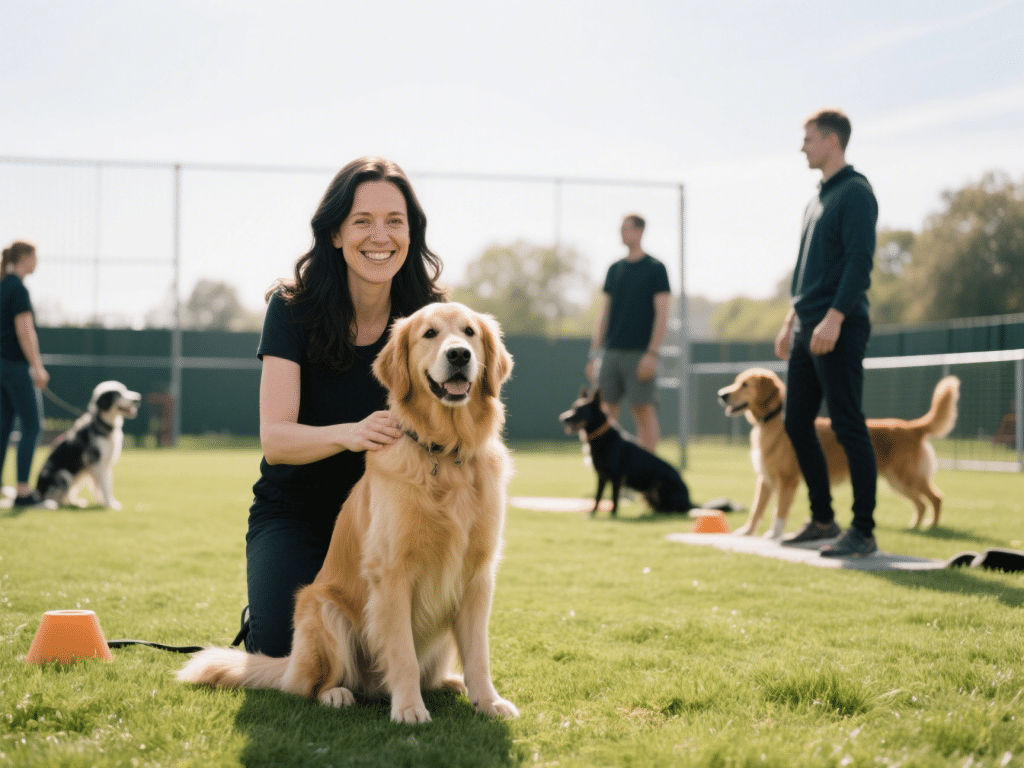
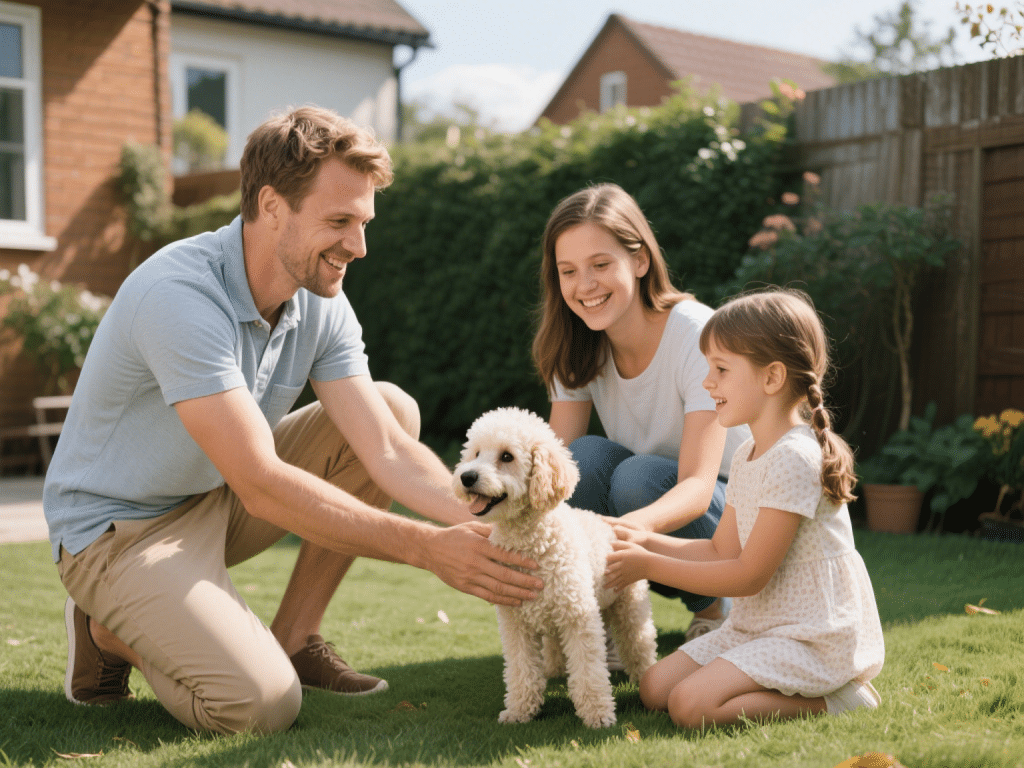


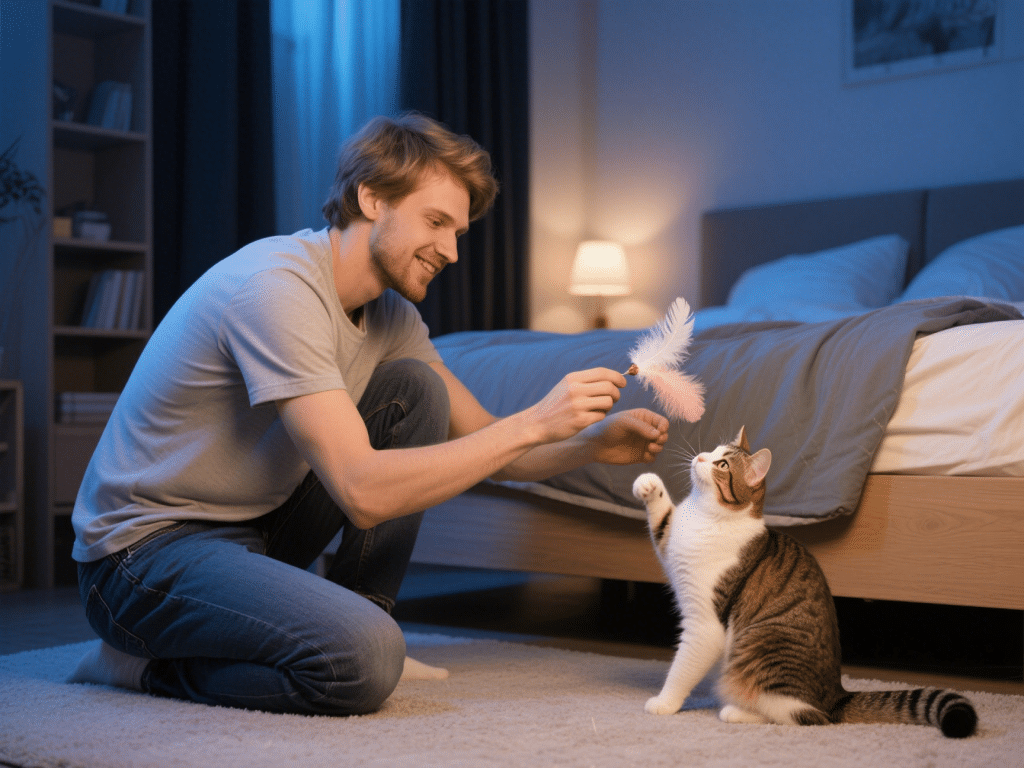
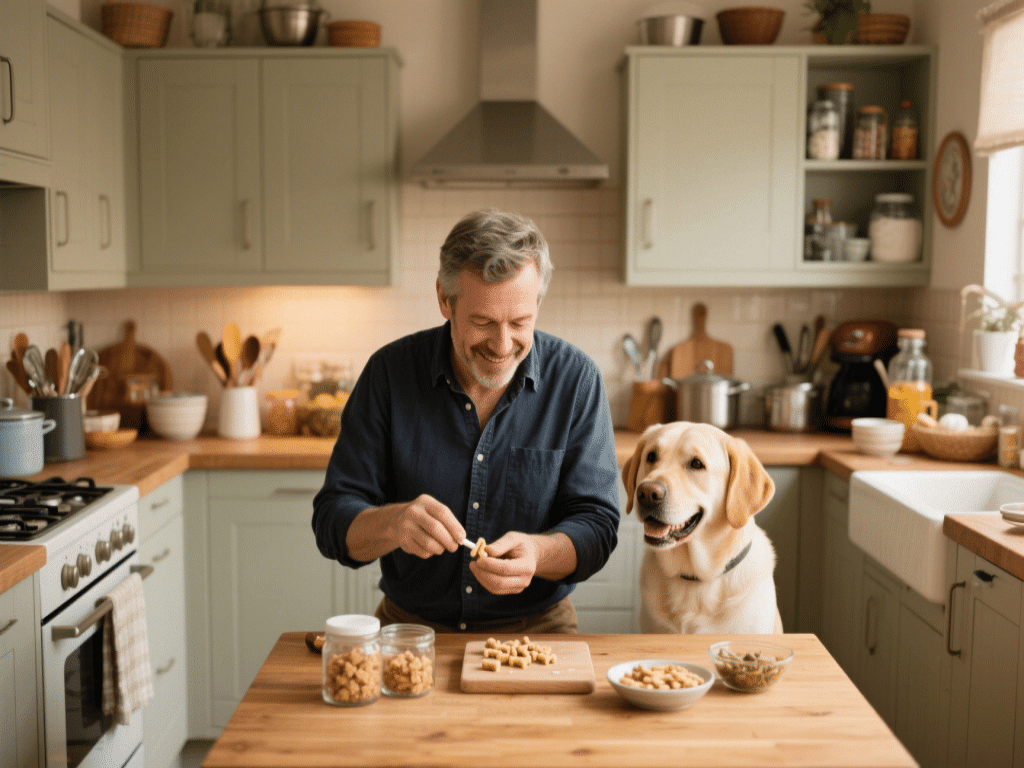

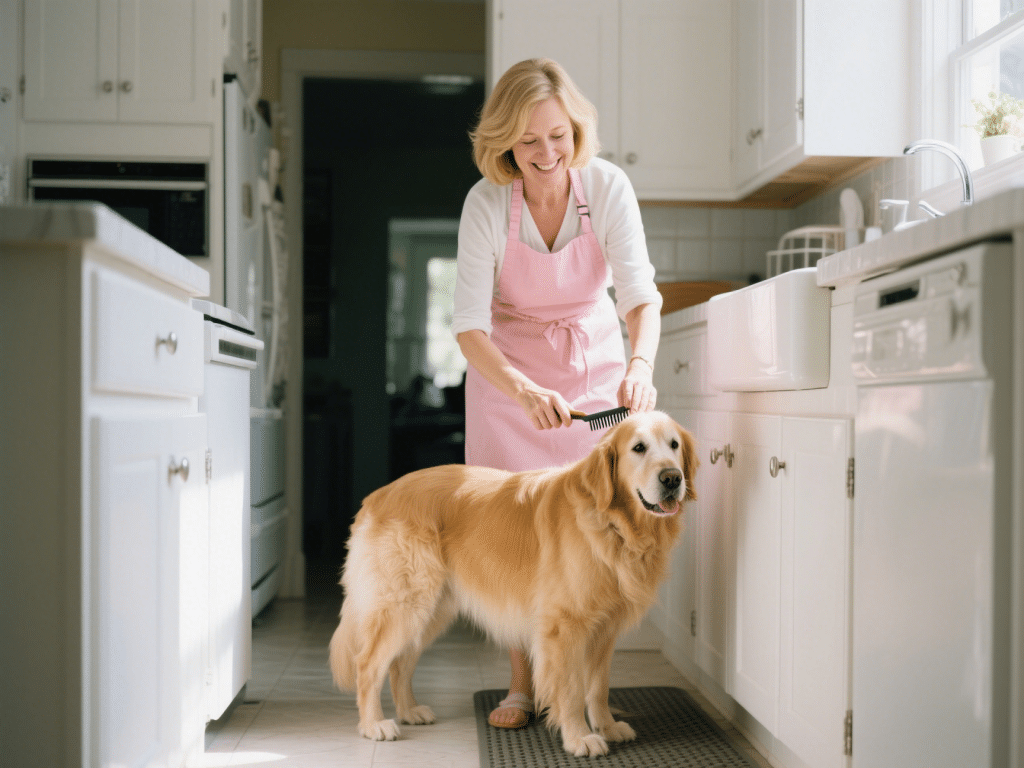
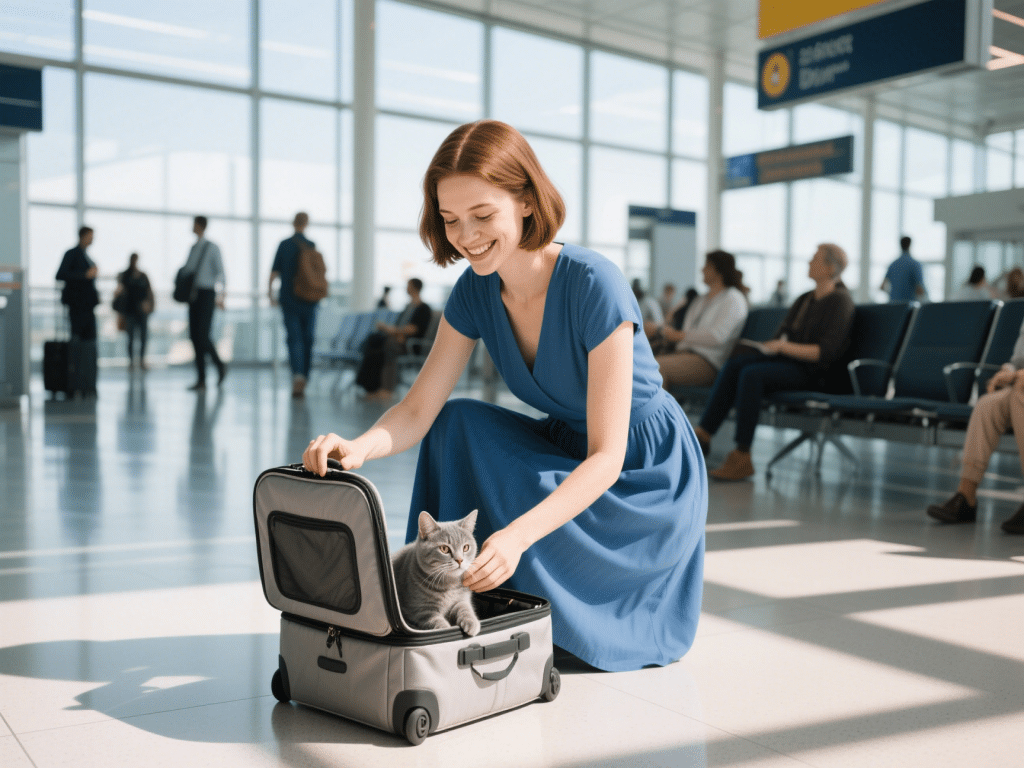
Comments on "What to Expect in Dog Obedience Classes: A Complete Overview" :